The Eco-Friendly Designer?s 4-Step Guide To Greener Graphic Design
Graphic design is and will always be an integral part of just about any industry. It?s a vital communication and marketing tool for every business regardless of size.
But while other aspects of running a business – such as waste disposal, energy consumption, manufacturing processes, etc. – have adopted detailed sustainable and green practices, graphic design seems to lag behind. We?ll try to bridge that gap today.
In this short guide, we will take a look at the 4 steps you can take to green your graphic design. Let?s dive right into it!
Step 1: Green Your Workplace
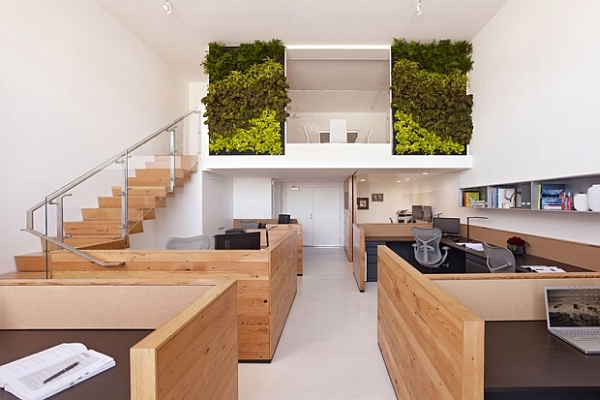
Graphic designers, like every employee and knowledge worker, usually work in offices. And there?s a lot one can do to green their workplace.
But instead of overwhelming you with a long checklist, here are 3 simple steps that are sure to give you a head-start in greening your craft as a designer.
Switch to low-energy lights.
Lighting is always an essential workspace fixture whether you?re working from home or a small office. Switching to low-energy light bulbs in one of the fastest ways to lower energy costs, reduce carbon emissions, and green your craft as a designer. Leave incandescents behind and use LED lighting, which consume 75-80% less energy.
Another tip: design your workplace so you?re more exposed to natural light. Natural light isn?t only free. Even better, exposure to 173% more natural light during working hours has been linked to better sleep, greater productivity, and quality of life.
Use energy-efficient machines.
You, like most graphic designers, work from 9am to 5pm…probably longer when deadlines are just around the corner.
For the majority of these working hours, your workstation is your best friend. Speed, power, and image rendering capabilities are likely the top priorities when you bought your design workstation. But for a growing crowd, the energy-efficiency of a computer has assumed great importance.
If you?re not in the market for a brand new workstation, using your computer?s power management features (ex.: sleep mode) is a smart and easy way to conserve energy and help preserve the environment.
But if you?re shopping for a newer, better system built for graphic design, go green with an Energy Star compliant computer.
Computers with the Energy Star label earned the mark by passing the Environmental Protection Agency?s (EPA) green computing criteria, which includes the use of an energy-efficient power supply, the addition of power-saving modes, along with power management features.
Add plants to your workplace.
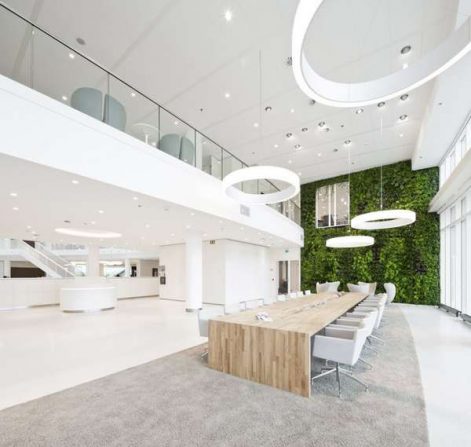
Ferns, aloe vera, bamboo, and other houseplants are fine additions to your office. Not only do they enhance the aesthetic appeal of a workplace, plants have also been proven to improve air quality by removing airborne pollutants and harmful compounds found in paper products, inks and dyes, office furniture, and carpets.
Also, a study published in the American Psychological Association concluded that decorating the office with plants can increase an employee?s morale and productivity by up to 15%!
Step 2: Go Easy On The Ink
Petroleum-based ink is the most commonly used ink in design and printing jobs: quick to dry, helps speed up turnaround time, and readily available.
The problem? Oil-based inks emit VOCs (volatile organic compounds).
VOCs in and of themselves aren?t the problem. However, health and environmental problems begin when they come into contact with nitrogen oxide along with heat and sunlight. The combination forms ground-level ozone, a primary component of photochemical smog.
?What about soy-based ink?? you?re probably asking.
Sure, soy-based ink uses renewable resources and have less VOC content. But here?s the lowdown: no ink – not even soy- or vegetable-based ink – is good for the environment.
Make no mistake – soy-based ink is a better alternative and using it is a good starting point. But to truly green your practice ink-wise, reducing ink coverage and responsible ?usage in your design should be a top priority. Here are three tips to help you do just that:
Embrace white space in your design.
White space is your best friend: it tells people which elements of your design to focus on, prevents your work from looking too cluttered and confusing, and last but not the least, helps keep ink coverage to a minimum. Here are a few design examples that embraced white space – and with aesthetically pleasing results.
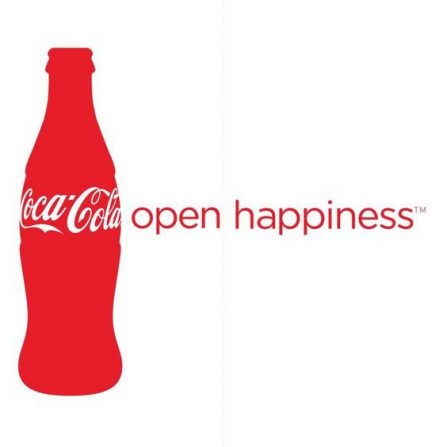
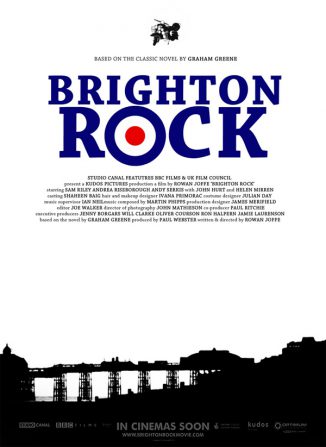
Say ?No? to full-bleed.
Bleeds let your artwork run beyond the trim area. Bleed is essential in creating print-ready designs as they prevent the white strips around the edge of your artwork, which may crop up during the printing process. But full-bleed, which extends to the very edge of all 4 sides of paper and leaves no margin, means a lot of ink down the drain.
Steer clear from problem colors.
Sure, metallic inks looks sexy and sophisticated. However, they also have amounts of metals, and they can cause serious environmental harm should they pile up in a landfill. Steer clear from such problem colors when designing.
Step 3: Use Paper Responsibly
Consider this: In 2014, the world?s total paper production reached 406 million tons, and producing a ton of uncoated, virgin (non-recycled) printing and office paper requires 24 trees.
Just imagine the countless trees felled and the amount of carbon emissions from the paper production industry. It?s not a pretty picture.
Fortunately, an eco-friendly option exists: use recycled paper.
Recycled paper comes in two varieties: pre-consumer waste and post-consumer waste.
The former refers to industrial scrap – such as paper trimmings – which are reintroduced back into the manufacturing process. Post-consumer waste, on the other hand, refers to waste that has served its purpose – such as paper that?s been printed on – and been discarded for recycling.
While both varieties of recycled paper are eco-friendlier than virgin paper, recycled paper with greater post-consumer waste content have greater eco-benefits as they?re less likely to end up in a landfill than their pre-consumer counterparts.
Keep in mind, too, that there?s more to recycled paper than its contents. You see, both pre- and post-consumer recycled paper have to go through a de-inking process.
And this requires careful attention as the usual de-inking process in paper recycling plants use harmful chemicals like chlorine. This toxic compound produces the ?Dirty Dozen? – pollutants and hormone-disruptors such as dioxin, lead, arsenic, and more.
So when shopping for recycled paper supplier, go for one that uses a totally chlorine-free de-inking process.
Oh, and one last tip about paper usage: stick to standard paper sizes. Working with standard dimensions means less trimming and paper waste. Your printer will even thank you for sparing them the trouble of tedious customization!
Step 4: Eco-friendly Printing Whenever Possible!
You?ve spent hours on your design, and now, you?re ready to print. Using PDFs instead of printed proofs is a practice you should adopt. And before sending the proof to the printer, be sure to check every dimension, color, text, and element of your design to minimize errors and wastage. And whenever possible, opt for eco-friendlier printing methods. Here are 3 such printing techniques for you to consider:
Digital Printing
If you?re after quick turnarounds and accurate proofing, going down the digital printing route is something to seriously consider. Since the method uses a digital-based image, proofs can be sent and approved automatically. No need to take trips to the printing press, set up plates, etc. Moreover, every print is the same, leading to fewer variations and less waste.
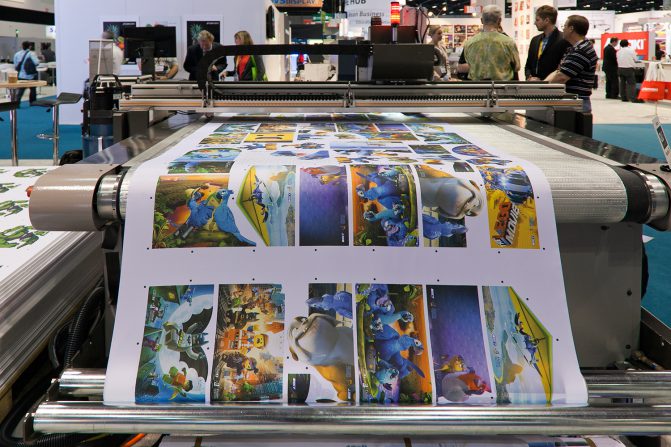
Letterpress
The process involves creating a raised image plate, rolling the plate in ink, and pressing the plate against printing paper. Letterpress uses less energy than standard printing methods as it?s handmade, and often results to crisp images and splendid typography. It works great for wedding invitations, greeting cards, and business cards…not to mention it?s compatible with eco-friendly treeless paper such as those made of hemp, cotton, and kenaf.
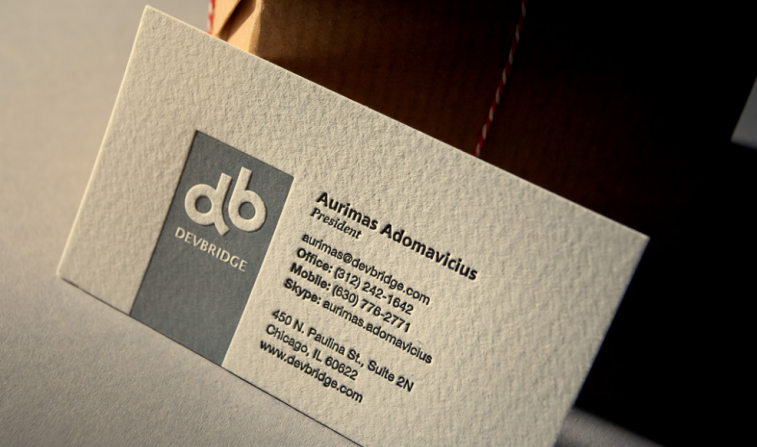
Waterless Offset Printing
This printing method eliminates water from the process as its name suggests, offering more precision than the usual mix of water and ink in traditional offset printing. Beyond precise printing, waterless offset offers a host environmental advantages: no toxic discharge, 60-80% VOC reduction, conserves water, and less paper waste as prints are more accurate.
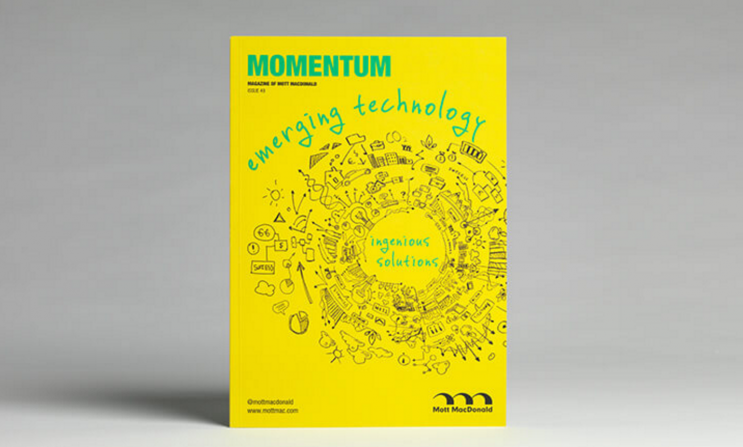
More Examples Of Green Graphic Design To Inspire YOU!
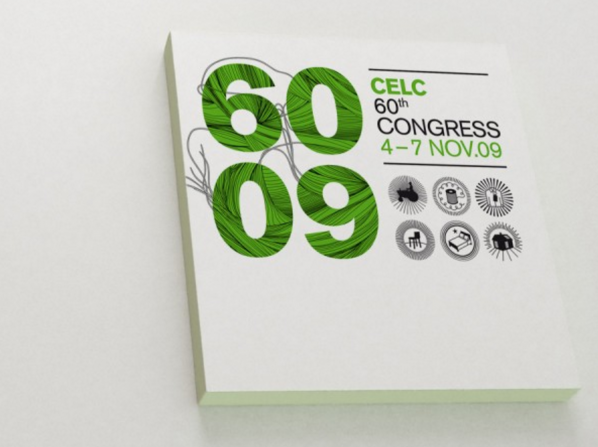
Source: Three colors, minimal ink coverage, and lots of white space.

Source: Minimalist logo with a lot of impact!
Author Bio
Richard Kao is the marketing director of COSSales, a UK-based office and technology solutions provider. When he?s not meeting up with the marketing team or clients, Richard is busy reading the latest best practices for a greener and more sustainable workplace.
